I recently spent five days trekking with orangutans in Gunung Leuser National Park, on the island of Sumatra in Indonesia. The orangutan’s name is based on two Malay words, “orang” (“people” or “person”) and “hutan” (“forest”), and roughly translates as “man of the forest.” Critically endangered and threatened by habitat loss due to logging and development, the population of Sumatran orangutans (which are a distinct species, separate from their Bornean cousins) is estimated at 7,300 in the wild.
Full-grown adult male orangutans can be up to 5 feet tall and weigh as much as 200 pounds; females tend to be smaller, as tall as 3.5 feet and half the weight. Adult orangutans of any size are incredibly strong (they are the heaviest mammal to travel by tree), built for arboreal locomotion in the rain forest; they rarely come down to the ground, preferring the safety of the trees to protect them from predators such as tigers.
The rain forest where they live can be very dark, which means you might have to use high ISOs, especially early in the morning and late in the afternoon. Good exposure technique is especially important in such situations to prevent digital noise. For this portrait of a male orangutan, even though I was shooting at ISO 6400, proper exposure ensured a surprisingly clean image file.
Whenever working in the rain forest, I find flash to be a very useful accessory. I like to use flash at low power to add fill light to my subject, helping to make it stand out from its often chaotic and unevenly lit surroundings. When used at low power, flash won’t bother most forest animal subjects (in fact, they are not even likely to notice it at all, as they are used to sudden changes in light levels as they travel through the trees, moving rapidly from shadow to light and vice versa). For this photo of a cooperative female, I used my flash at low power (-2 flash compensation) to add just a hint of fill light.
Young orangutans will spend several years under their mother’s protection. Juveniles are very curious and precocious, especially as they near five years of age and enter into adolescence; at this point they start to stray farther and farther from their mother. I photographed this youngster as it rested during the heat of the day.
I’m always looking for unique and challenging perspectives with my wildlife subjects, so when this big male let me approach relatively close as it watched from a nearby tree, I took out my wide angle lens and angled my camera sharply upward. This allowed me to capture this dizzying perspective showing the orangutan’s arboreal environment, as well as the sun peeking through the forest canopy.
The world would be a sadder place without these red giants, so it is my sincere hope that conservation efforts will succeed. A number of organizations work to protect the Sumatran orangutan, including the Sumatran Orangutan Society. Check out their website to learn more or to support their efforts: www.orangutans-sos.org.
To see more of my Indonesia photos, visit my website: Ian Plant Photography – Indonesia
About the author: World-renowned professional photographer and Tamron Image Master Ian Plant is a frequent contributor to several leading photo magazines and the author of numerous books and instructional videos. You can see more of Ian’s work at www.ianplant.com.
Have something to add to the story? Leave a comment or email editor@outdoorphotographyguide.com.
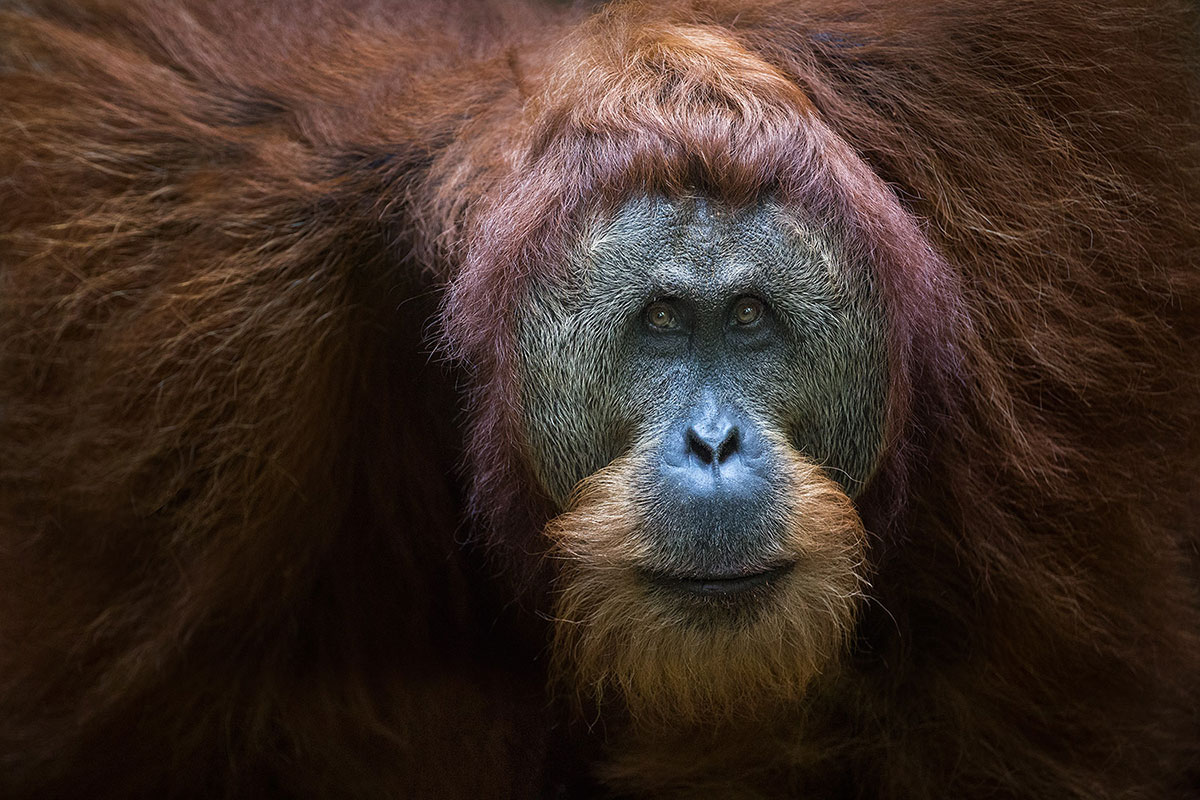
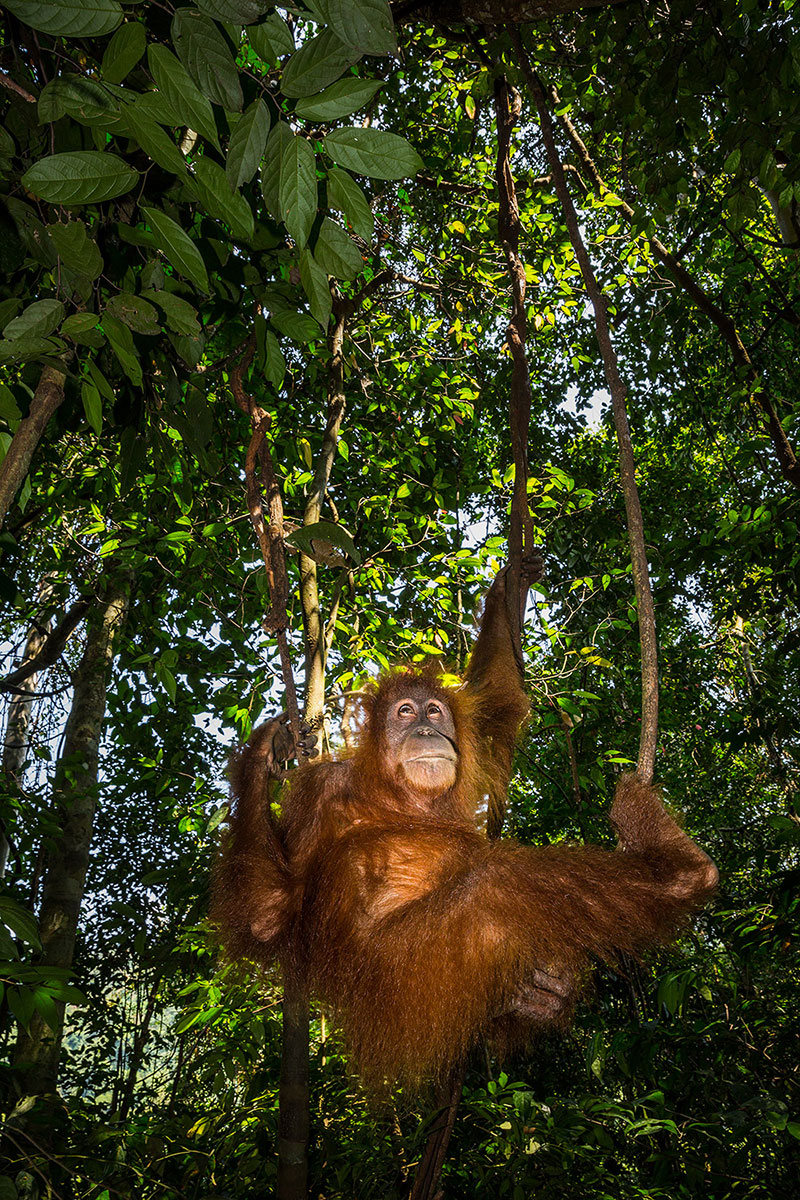
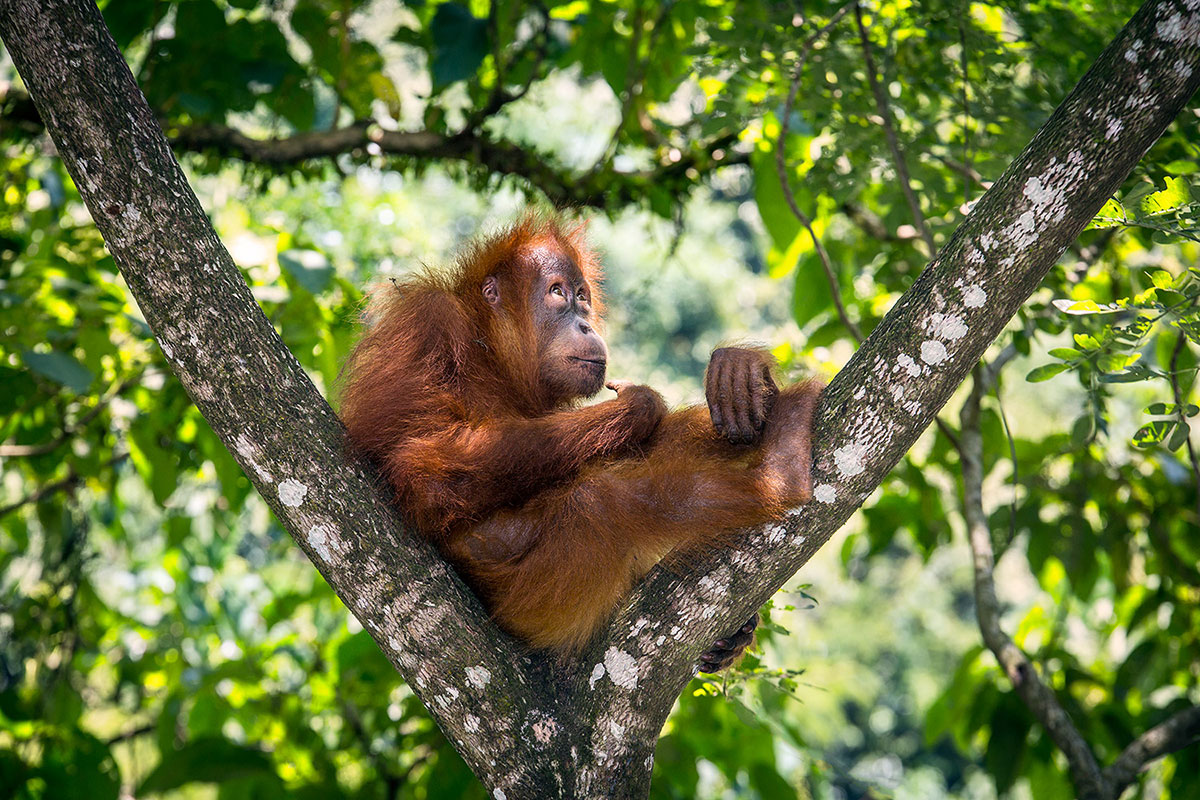
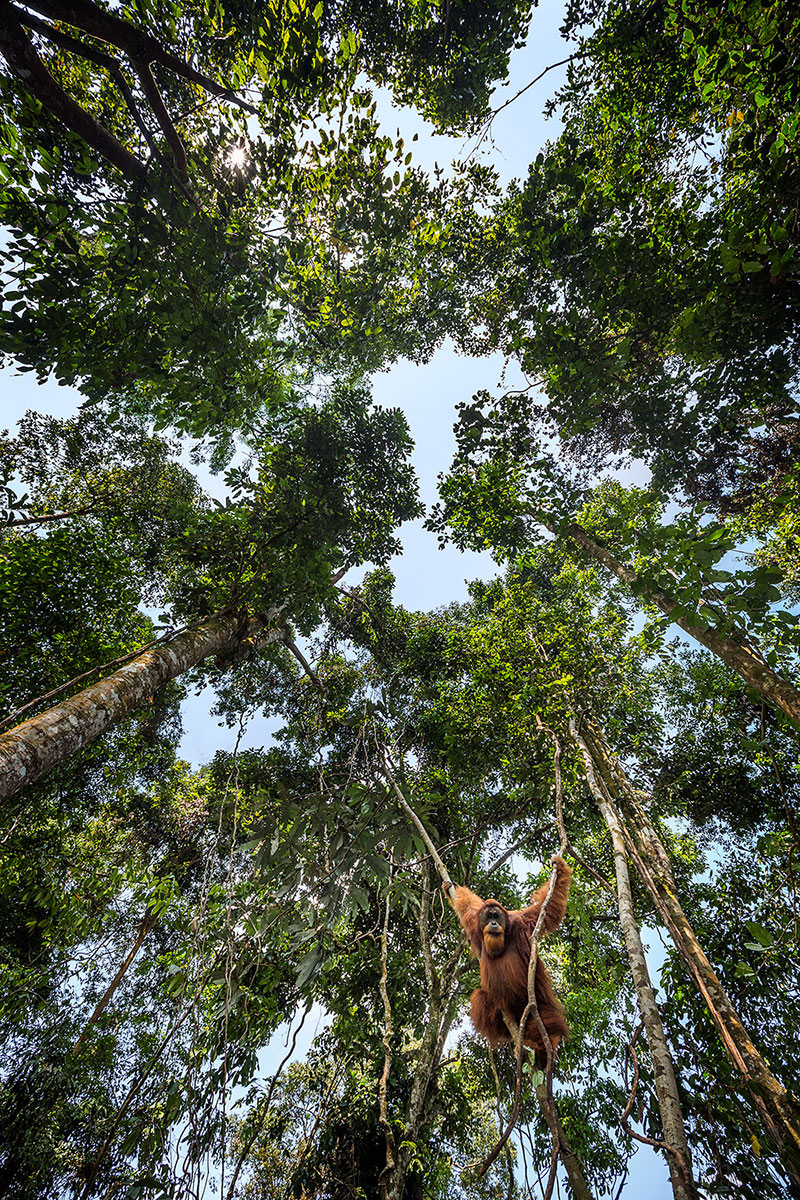
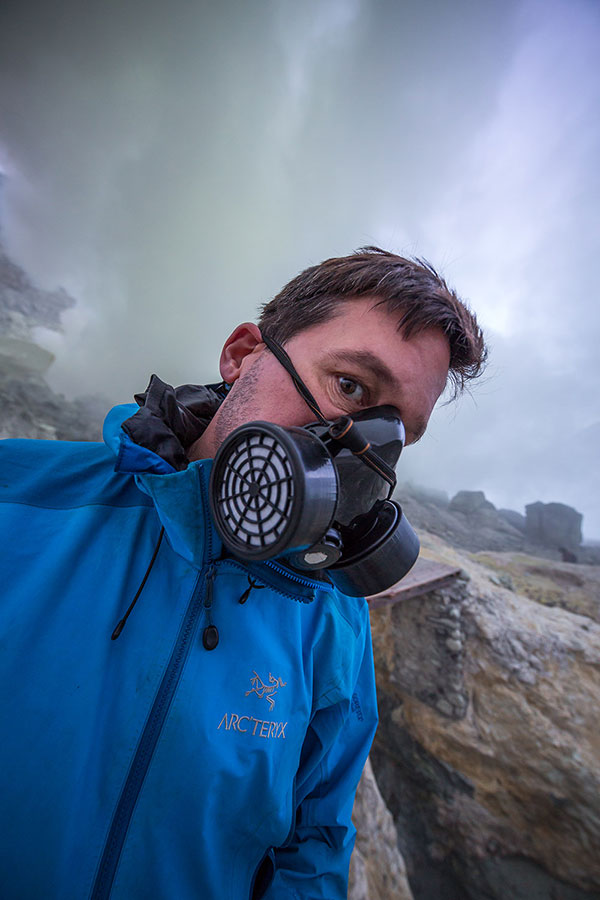
Hi Ian, Do you do any workshop in this area ? If not, can you share a few details how to do a trip in this area ? Thanks.
I have come back from a trip to Borneo were I photographed orangutang among other animals. When i look at your photos I can see that there are a difference between the subspieces. One of my goals with my trip was to photograph clouded leopard. They are almost impossible but for me impossible so I have to go back again and try to find them. Did you do anything special during editing to get the photos so clean?
It is a male. They are very strong. When I was a zookeeper and cared for orangs one incident stands out as to their strength. When shifting the orangs in order to clean their enclosure the smaller females would try to keep me from closing the door securing them in a holding area. I was able to close the shift door using all my strength. However, the male using only 1 finger could keep me from closing the door! Outstanding photos.
The portrait of the big orangutan is actually a female, not male. The males have very pronounced cheek 'Jowells' that frame their face for a more aggressive look! This is a female. Cheers
Nice work Ian. Would love to photograph these magnificent cousins and capture some of there human like gestures close up.
Orangutans are critically endangered across Indonesia. They deserve the full support of the photographic community to highlight their fragile grip on life. More from Ian and others is really needed. Ian's shots are great but the fact he gave five days of his time to this cause deserves accolade. I live in Indonesia. Cheers